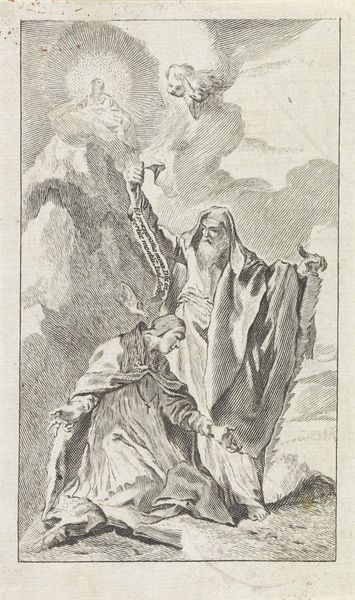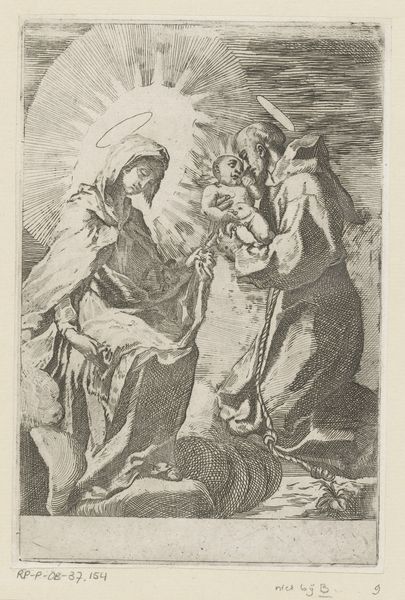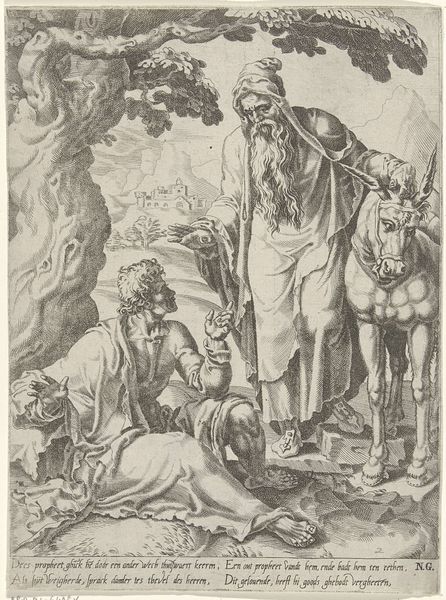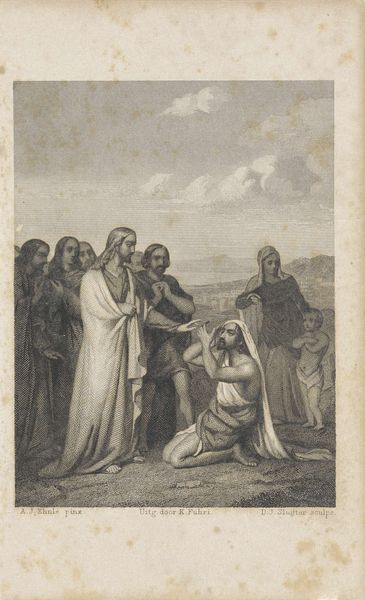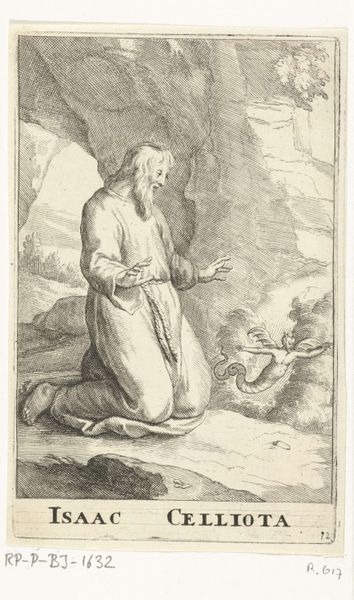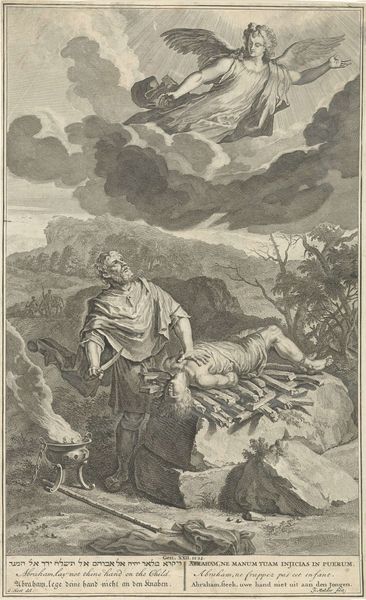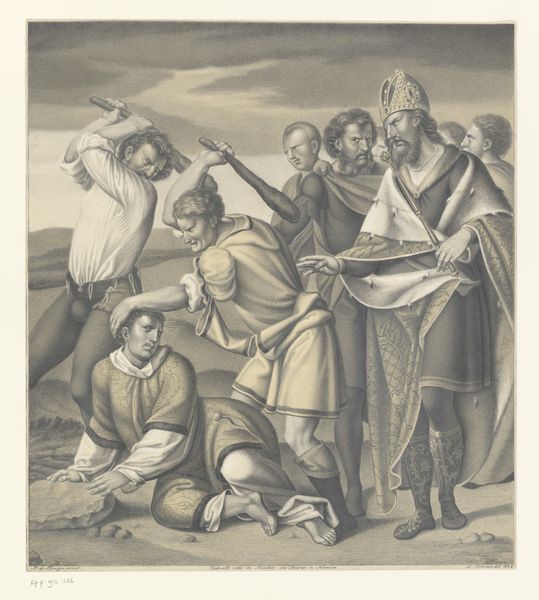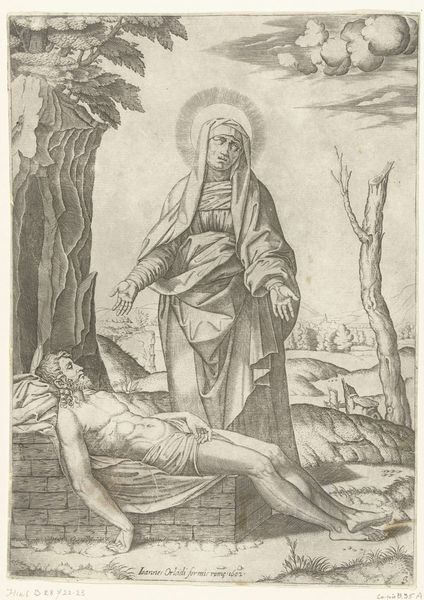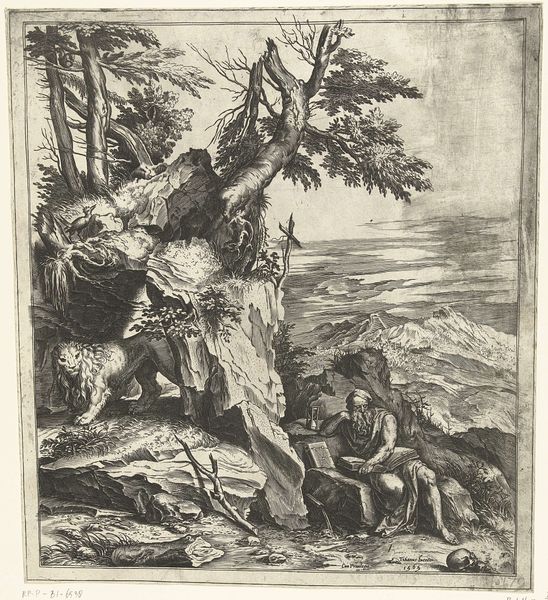
Copyright: Public domain
Théodore Chassériau painted "Cossack girl at Mazeppa's body" during the Romantic era, an artistic movement fascinated by the exotic and the extremes of human emotion. The painting illustrates an episode from Lord Byron's poem "Mazeppa," which tells the tale of a Polish nobleman punished for a love affair by being tied to a wild horse. Here, we see a young woman discovering Mazeppa's near-lifeless body. Chassériau, a French artist, never traveled to Eastern Europe, so his depiction is based on imagination and the Orientalist trends popular at the time. We need to consider how this artistic approach shapes our understanding of other cultures and their histories. It’s a reminder of the power dynamics inherent in representation. To fully appreciate this work, we might delve into Byron’s influence, Orientalism in 19th-century art, and even the history of Poland and Ukraine. Art, like history, is contingent on perspective.
Comments
No comments
Be the first to comment and join the conversation on the ultimate creative platform.
